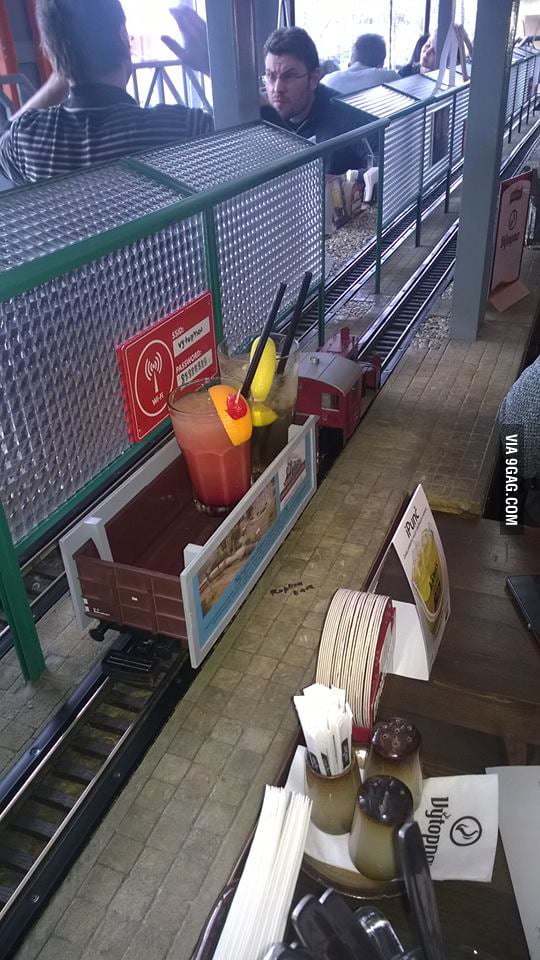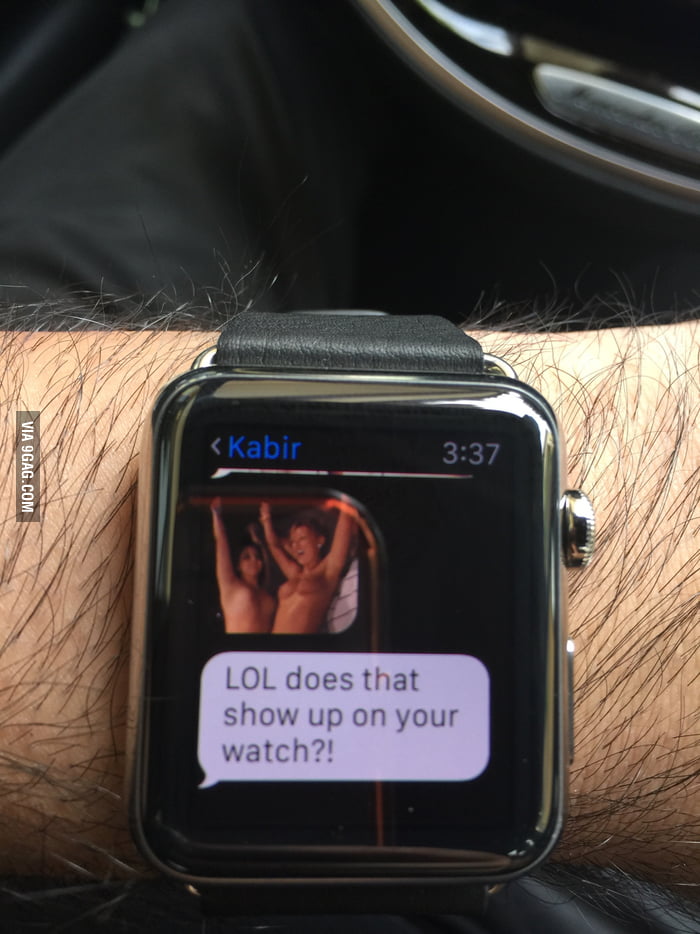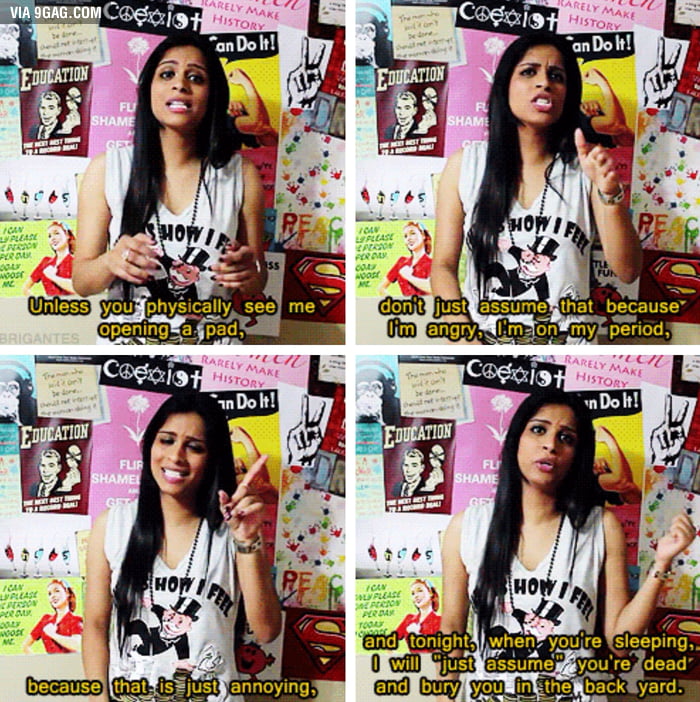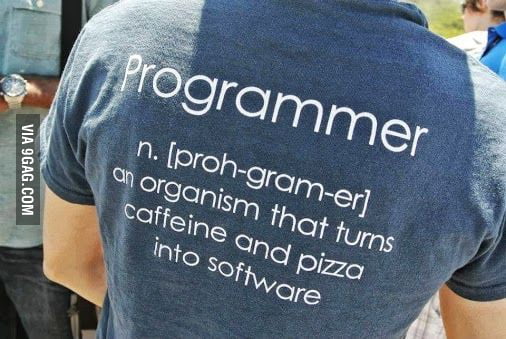Start at the library and go from there. Some damn fool teaching necromancy over the internet in the early days is how we ended up with a nearly invulnerable Microsoft Internet Explorer.
Aicm.v2
Shared posts
Could you teach me how to go about necromancy like where to start and resources.
Scientists combine evolutionary biology and mathematics to reverse antibiotic resistance [The Pump Handle]
For more than a decade, biologist Mariam Barlow has been working on the theory that administering antibiotics on a rotating basis could be a solution to antibiotic resistance. After years of research, Barlow had lots of data, but she needed a more precise way to make sense of it all — something that was so specific it could easily be used to treat patients. So, she joined forces with a team of mathematicians. And the amazing results could help solve an enormous, worldwide problem.
In a nutshell, the team of biologists and mathematicians developed a software program that generates a road map to reverse the evolution of antibiotic resistance in bacteria. In a study published earlier this month in the journal PLOS ONE, they unveiled a mathematical model that pinpoints optimal antibiotic cycling patterns with the highest probability of turning back the evolutionary clock of antibiotic resistance. Barlow, an evolutionary biologist and associate professor at the University of California-Merced School of Natural Sciences, told me that she and fellow researchers found cycles of antibiotics that could reverse resistance and drive bacteria back to a state observed in the 1960s — a state the researchers call the “wild type state.” So it’s not surprising that the software that makes it all possible was aptly named “Time Machine.”
“It makes sense that we would look for answers (to antibiotic resistance) in evolutionary biology,” Barlow told me. “Bacteria are so good at evolving — and they’ll probably find new ways we don’t even know about yet — but based on what we’ve seen, this is something we can deal with. Antibiotic resistance is something we can handle.”
The research comes at a time of widespread concern that without a coordinated, well-funded response to growing antibiotic resistance, medicine could lose some of its most effective, life-saving tools. Every year, according to the Centers for Disease Control and Prevention, about 2 million people become infected with antibiotic-resistant bacteria and at least 23,000 people die as a result of such infection. For example, last year, CDC described the development of antibiotic-resistant gonorrhea as an “urgent public health threat,” warning that we may run out of options for treating the sexually transmitted disease. Also at the federal level, the White House recently released its first “National Action Plan for Combating Antibiotic-Resistant Bacteria” and in his fiscal year 2016 budget proposal, President Obama recommended doubling federal funds to find solutions to antibiotic resistance to $1.2 billion (of course, that recommendation has to get through Congress). Everyone agrees that antibiotic resistance is a huge problem with fatal consequences.
Thankfully, Barlow and her colleagues may have found an answer that not only tackles resistance, but helps preserve the effectiveness of existing antibiotics. And here’s how they did it. Researchers created bacteria in the lab, exposed it to 15 different antibiotics and measured their growth rates. Using those measurements, the team of biologists and mathematicians computed the probability of mutations required to return the bacteria back to its harmless state. They tested up to six antibiotics in rotation at a time and computed thousands of measurements to find the most likely cycling strategies for reversing the development of antibiotic resistance.
Researchers eventually concluded that the Time Machine software and its mathematical foundations proved to be a promising way to quickly and more precisely generate an optimal antibiotic cycling plan most likely to reverse resistance. Simply put, the software is a matchmaker — it computes which antibiotic goes with which mutation at which point in time to best manage the evolution of resistance and ultimately, cure the patient.
And Barlow reminded me that this type of precision is not necessarily the norm in medicine. Even though incorrect antibiotic prescribing is a main driver of antibiotic resistance, the current dearth in rapid antibiotic-resistant diagnostics means physicians are often left with little choice but to start treating an ill patient before seeing any lab results. However, antibiotic cycling can help guide that process to make a better, more ordered treatment plan — “it’s an approach that can be accessible to any hospital and can help empiric therapy be more reliable,” Barlow said.
In the PLOS ONE study, authors Barlow, Kristina Crona, Portia Mira, Devin Greene, Juan Meza and Bernd Sturmfels write:
Efforts to remove resistance genes from clinical environments by either discontinuing or reducing the use of specific antibiotics for some period of time, either through general reduction of antibiotic consumption or periodic rotations of antibiotics (cycling) have not worked in any reliable or reproducible manner; indeed it would have been surprising if they had worked.
Since antibiotic resistance is unavoidable, it only makes sense to accept its inevitability and develop methods for mitigating the consequences. One reasonable approach is to rotate the use of antibiotics. This has been implemented in many ways and there are recent studies to model the optimal duration, mixing versus cycling, and how relaxed antibiotic cycles may be and still function as planned. However, none of those models have focused on developing a method for designing an optimal succession of antibiotics.
Which is exactly what the Time Machine software attempts to do. As the study mentioned, antibiotic cycling has been studied before, but it was the marriage of evolutionary biology and mathematics that made the difference, Barlow said.
“We took the theory of adaptive landscapes and used it as a foundation for organizing our data and with that style of organized data, a team of mathematicians was able to develop a model,” Barlow said. “It’s just one of those wonderful things that just falls into place.”
Study co-author Kristina Crona, an assistant professor in the Department of Mathematics and Statistics at American University, noted that the antibiotic cycling problem perfectly illustrates the role of mathematics in biology. Unfortunately, she told me, the two fields don’t have a strong tradition of working together.
“How can we use antibiotics as well as possible? What sequence of drugs would be best? How do we find the best treatment plan?” Crona asked. “These are all very quantitative problems. If we can move medicine and biology closer to mathematics, I think it would produce all kinds of advantages.”
Of course, the ultimate goal is to create a cycling protocol that physicians and health care providers can easily use in a clinical setting, Barlow said. To begin that translation process, Barlow and colleagues are collaborating with a hospital in Merced to collect resistant isolates and analyze the relationship between the development of antibiotic resistance and the antibiotics being prescribed by staff.
“I’ve gotten so many great responses (to the study), it’s almost overwhelming,” Barlow told me. “This idea that we’ve been working on for so long — to see it progress to a level that people can understand and get excited about is so rewarding.”
To read a full copy of the study, visit PLOS ONE. To learn more about antibiotic resistance, visit Keep Antibiotics Working.
Kim Krisberg is a freelance public health writer living in Austin, Texas, and has been writing about public health for more than a decade.
Because using photoshop for retouch skin is so mainstream. "Treebeard" by Cal Redback...

My experience with RPGs leads me to believe treasure is hidden behind this wall

An instinct for fairness lurking within even the most competitive
It stings when life’s not fair – but what happens if it means we profit? As Tom Stafford writes, some people may perform unexpected self-sabotage.
Frans de Waal, a professor of primate behaviour at Emory University, is the unlikely star of a viral video. His academic’s physique, grey jumper and glasses aren’t the usual stuff of a YouTube sensation. But de Waal’s research with monkeys, and its implications for human nature, caught the imagination of millions of people.
It began with a TED talk in which de Waal showed the results of one experiment that involved paying two monkeys unequally (see video, below). Capuchin monkeys that lived together were taken to neighbouring cages and trained to hand over small stones in return for food rewards. The researchers found that a typical monkey would happily hand over stone after stone when it was rewarded for each exchange with a slice of cucumber.
But capuchin monkeys prefer grapes to cucumber slices. If the researchers paid one of the monkeys in grapes instead, the monkey in the neighbouring cage – previously happy to work for cucumber – became agitated and refused to accept payment in cucumber slices. What had once been acceptable soon became unacceptable when it was clear a neighbour was getting a better reward for the same effort.
The highlight of the video is when the poorly paid monkey throws the cucumber back at the lab assistant trying to offer it as a reward.
You don’t have to be a psychologist to know that humans can feel very much like the poorly paid monkey. Injustice stings. These results and others like them, argues de Waal, show that moral sentiments are part of our biological inheritance, a consequence of an ancestral life that was dominated by egalitarian group living – and the need for harmony between members of the group.
That’s a theory, and de Waal’s result definitely shows that our evolutionary cousins, the monkeys, are strongly influenced by social comparisons. But the experiment doesn’t really provide strong evidence that monkeys want justice. The underpaid monkey gets angry, but we’ve no evidence that the better-paid monkey is unhappy about the situation. In humans, by comparison, we can find stronger evidence that an instinct for fairness can lurk inside the psyche of even the most competitive of us.
The players in the National Basketball Association in the USA rank as some of the highest earning sportspeople in the world. In the 2007-08 season the best paid of them received salaries in excess of $20 million (£13.5 million), and more than 50 members of the league had salaries of $10 million (£6.7 million) or more.
The 2007-08 season is interesting because that is when psychologists Graeme Haynes and Thomas Gilovich reviewed recordings of more than 100 NBA games, looking for occasions that fouls were called by the referees when it was clear to the players that no foul had actually been committed. Whenever a foul is called, the wronged player gets a number of free throws – chances to score points for their team. Haynes and Gilovich were interested in how these ultra-competitive, highly paid sportsmen reacted to being awarded free throws when they knew that they didn’t really deserve them.
Missed shot
These guys had every incentive to make the most of the free throws, however unfairly gained: after all, they make their living from winning, and the points gained from free throws could settle a match. Yet Haynes and Gilovich found that players’ accuracy from unfairly awarded free throws was unusually low. It was down compared to the free throw league average, and down compared to the individual players’ free throw personal averages. Accuracy on unfairly awarded free throws was lowest when the player’s team was ahead and didn’t need the points so much. But tellingly, it was also lower than average when the team was behind and in need of points – whether honestly or dishonestly gained.
If players in one of the most competitive and best-paid sports can apparently be put off by guilt, it suggests to me that an instinct for fairness can survive even the most ruthless environments.
At the end of the monkey clip, de Waal jokes that the behaviour parallels the way people have staged protests against Wall Street, and the greed they see there. And he’s right that our discomfort with unequal pay may be as deeply set as the monkey’s.
Yet perhaps these feelings run even deeper. The analysis of the basketball players suggests that when we stand to benefit from injustices – even if they can help justify multi-million dollar salaries – some part of us is uncomfortable with the situation, and may even work to undermine that advantage.
So don’t give up on the bankers and the multi-millionaire athletes just yet.
This is my latest column for BBC Future. The original is here.
What "Disney" Princesses Would Look Like As "Game Of Thrones" Characters

corgisandboobs:“What’s the password?”“Is it… is it...

“What’s the password?”
“Is it… is it ‘dog’?”
*muffled meeting behind door*
“You may enter.”
wordsnquotes: culturenlifestyle:Vertical Forest: An Urban...








Vertical Forest: An Urban Treehouse That Protect Residents from Air and Noise Pollution
A potted forest of trees and branching steel beams disguise this 5-story apartment building in Turin, Italy. Designed by Luciano Pia, 25 Verde brings plants up off the ground in an attempt to evade Turin’s homogeneous urban scene and integrate life into the facade of the residential building.
via thisiscolossal, Divisare





















